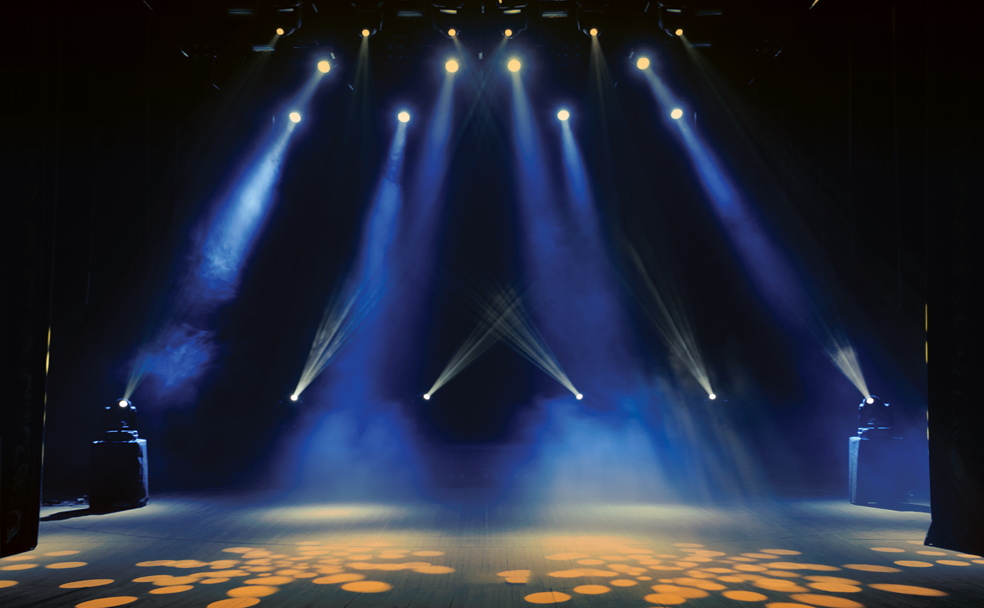Theaters have often acted as a reflective lens of society. From historical plays to Broadway shows, theatrical performances are an important forum for people to come together and share stories. Lighting design is an important technique in setting the mood, conveying the depth of emotions and guiding audiences through experiences.
When the industry faced challenges during the post-pandemic era, technology evolved to increase revitalization opportunities for theatrical productions and genre-specific venues. Our lighting design experts, who have delivered lighting design services for award-winning transportation, cultural, healthcare and hospitality projects, have focused on how to utilize their expertise in the delivery of genre-specific venues – emphasizing their key role in communities.
EXP’s Director of Lighting Design Aram Ebben and SKD Design and Consulting’s Stan Kaye discuss the importance of revitalizing theatrical venues and how collaboration can create a synergy between artistic creativity and technical precision.
Genre-specific and theatrical venues have faced challenges over the years, how is your team positioned to strengthen theatrical venues?
Aram: The arts scene faced significant turmoil during the pandemic. From economic changes to shifts in cultural habits, the result was a downsizing in genre-specific venues. As lighting designers, we are used to an industry that is constantly in flux, because lighting design is always changing. Most recently, the changes have been for the better with advanced research and technology. It’s a special time to be a lighting designer – where effects can range from subtle sustainable lighting to dynamic and bold effects. This may have been forgotten over the years when large-gathering functions were limited, but we’re hopeful for a continued resurgence and our role in providing an unforgettable experience. This is also a special time because many lighting designers at EXP have a history in the arts, whether theatrical or musical and now we can expand our services, which is a natural profession for our team.
Stan: As Aram mentioned, the industry is changing. We’re witnessing an important time where audiences expect more from theatrical productions and there is a larger interaction between theatrical techniques in architectural spaces, a need for programming skills and sophisticated color understanding regarding interaction with a range of flesh tones and materials. This evolution requires dynamic skill sets to achieve the ‘more’ that audiences are looking for. We find the solution by gathering the right experience to achieve this goal. Our collaboration with EXP brings together lighting designers, technicians, directors, performers, stage riggers and technology providers to seamlessly integrate the artistic vision and enhance the guest experience.
How does collaboration transform theatrical venues and their associated infrastructure?
Aram: The combination of EXP’s creative excellence in the architectural lighting markets with teams who specialize in theatre planning markets brings together the best of both worlds for our clients.
Stan: Looking ahead, we see venues that will be “multi-modal.” Architectural and live performance spaces will function as both a live venue, a place that is either filmed or broadcast or both, and must also function for live occupancy. This will require expertise in architectural broadcast, theatrical, exhibition/gallery expertise and related infrastructure. The fusion of both worlds will offer a transformative and flexible space and our collaboration offers expansive opportunities to create the places users want to visit and stay.
Looking ahead
Collaborations are a key element for the future of architectural and lighting design. As technology continues to evolve, so will the spaces we inhabit. Together, our teams are emphasizing digital mediums and modern and technologically advanced lighting to maintain the pace of change.
Learn more about EXP’s lighting design services.

